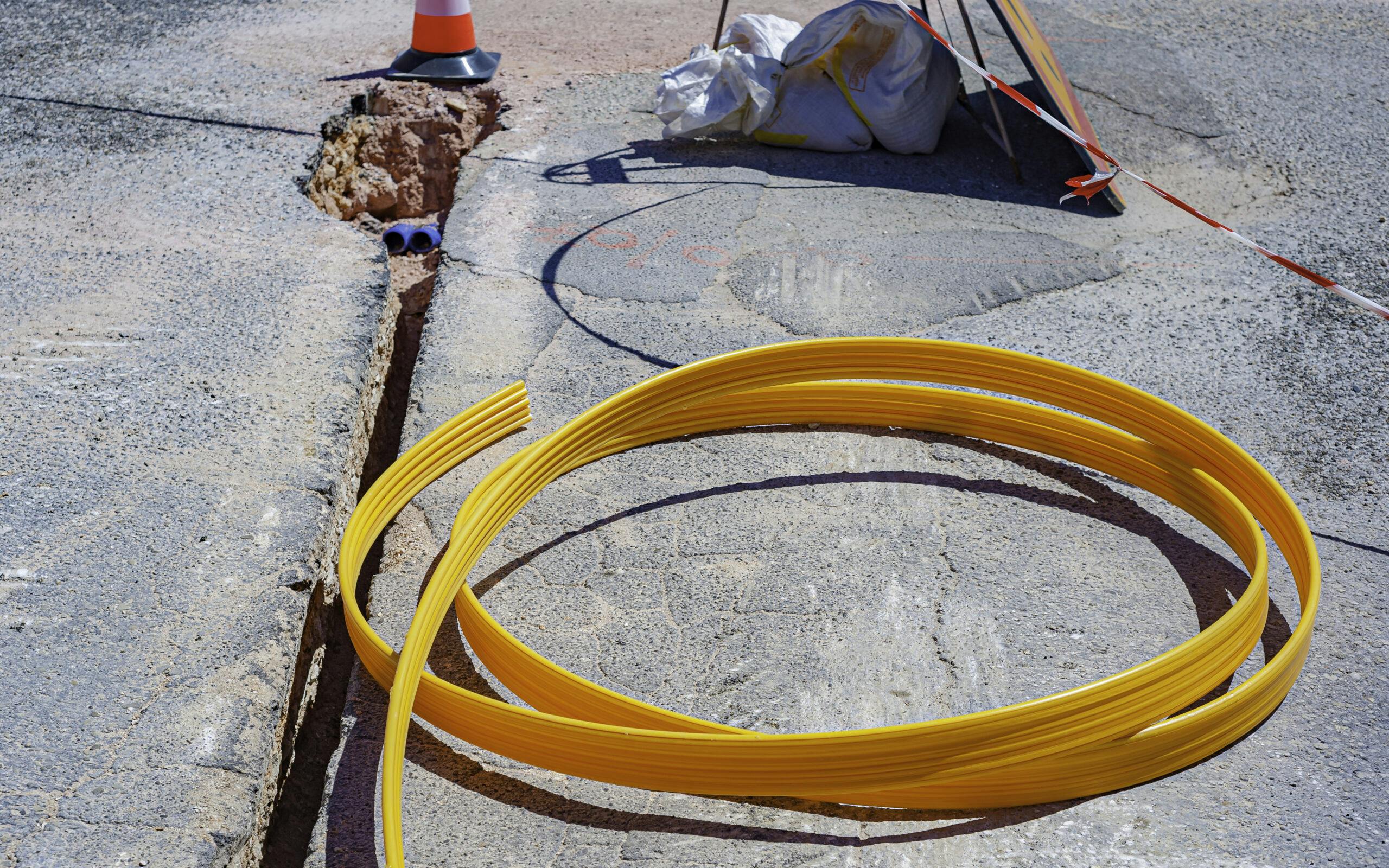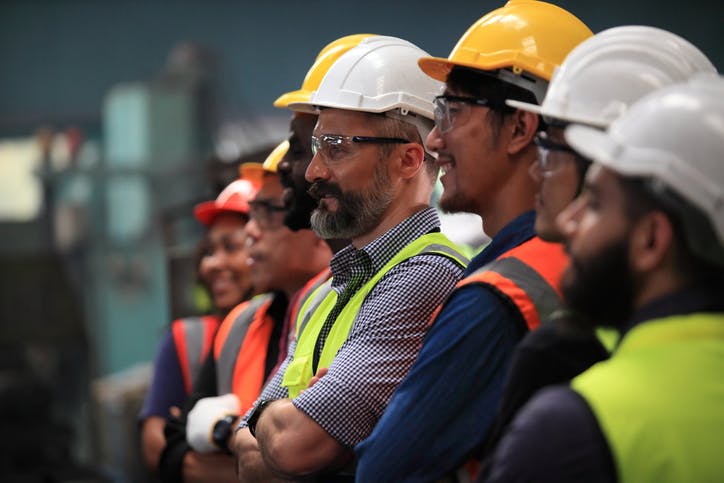As the demand for faster and faster connectivity networks continues to grow, fiber optics seems to be on the rise, with many countries having set up deployment plans for the near future. While France, Portugal, and Spain started to build their network in the 2000s and are now advanced in the phase of connecting subscribers, most of their neighbors have only recently started the construction phase of their fiber network. The stakes are high: the faster the network is built and operational, the faster the operators will generate revenues.
Operators are, therefore, engaged in an intense battle in their territories: it’s up to who will build and deploy their network the fastest, as “the first one takes it all” is a rule of thumb. However, it is common to have to perform laborious work to deploy a network, such as :
- Digging trenches, respecting standards of size and materials to be deposited in them to protect the fiber network;
- Creating underground fiber optic vaults, which are secure spaces where the fiber is pulled through cabling ducts and connected to network equipment;
- Installing network equipment such as street cabinets or aerial fiber boxes on poles, etc.
From this perspective, it is clear that deploying with speed is a real challenge.
However, the world of fiber optics suffers, like many others, from a lack of manpower. With most experienced technicians progressively retiring, junior profiles are left on the field with little supervision and training when the installation of fiber cables requires certain precautions and specific skills. Moreover, it is difficult for telecom operators and their subcontractors to recruit technicians, not to mention the high turnover of teams they have to face.
This shortage of manpower, coupled with the need to deploy fiber networks quickly, sometimes leads to strenuous situations for telecom operators, such as networks built while neglecting quality and safety standards and poorly documented operations. This gives rise to conflicts between contractors and contractors, which are difficult to arbitrate without reliable proof of work completed and correctly done.
Hence the question: how to build and deploy fiber optic networks correctly?
Let’s take a closer look at the major issues telecom operators and their subcontractors who install fiber optic networks are facing in order to make recommendations.
Controlling the timeframe of a network construction project
Operators must avoid delays in the delivery of fiber equipment or in the transition to the subscriber connection phase (the so-called handover phase). The use of on-site auditing is common to check that the delivery of a construction site by subcontractors is well done. The manual aspect of this process is due, in particular, to the lack of documentation of operations and centralization of information, which naturally makes it time-consuming.
These random audits sometimes reveal defects (poorly installed equipment, a trench that does not respect the imposed size, etc.) which are then declared a posteriori and require an extension of the handover deadline. Several site visits are then necessary to note the anomalies, repair them, and validate the work for good. Infrastructure operators must then apply for extensions to operating permits, a process that can take time and therefore add additional delay. In addition, some municipalities apply penalties for delays, which adds to the overall cost of network deployment.
In the UK, alternative broadband network providers (‘AltNets’) require time-limited planning permission (way leaves) to operate part of the infrastructure operators’ networks in order to install their own network. AltNets risk penalties from network owners and municipalities if the deadlines are not met.
Guaranteeing revenue by ensuring a good customer experience for the subscriber
Delivering a seamless network operation is the goal of every operator to ensure a good customer experience and thus avoid churn. In some cases, the infrastructure operator also acts as a commercial operator and will suffer the economic consequences of a bad customer experience: compensation in the form of a month’s subscription refund to the customer, for example, or worse, loss of revenue due to the subscriber’s termination to a competing operator.
Reliably documenting operations
Network deployment is facilitated by government subsidies: in Germany and Belgium, it is mandatory to document certain steps related to trenching by taking pictures every 50 meters as a duty of transparency towards municipalities. However, taking photos of all the stages is not compulsory, and the data is not always centralized, which complicates access to the information.
Furthermore, infrastructure operators need to update the design system of their network in real-time with field data to follow the progress of the roll-out.
Protecting the value of your infrastructure
The investments that have been used to deploy fiber must be enshrined, especially since the time has come for consolidation in countries saturated by the number of fiber operators, such as the UK and Germany. It is, therefore, essential to reference the equipment that allows the network to function, without which operators will lack evidence of the state of their fiber infrastructure and, therefore of its value.
Recommendations
- It is essential to set up an automated control of the conformity of the work carried out by subcontractors. This will allow them to correct potential anomalies when detected and avoid new interventions, which can be very costly and complex when the network is already in service. It is, therefore, essential to detect errors as early as possible to minimize on-site visits. This will naturally speed up the overall network deployment.
In addition, it is essential to carry out real-time quality control to guarantee the compliance of the technicians tasks by analysing the images they take in the field. By increasing their chance to perform all their tasks well and not forgetting any, it has a positive impact on their productivity. This, in turn, improves the success rate of fiber optic deployment operations the first time around, a concept also called ‘First Time Right‘. This is a real efficiency gain for the field teams and the people in charge of operations.
- Automating quality control also reduces its costs, drastically reducing manual processing by back-office teams and accelerating acceptance times. By basing job validation on photo analysis, operators can also automate the billing of subcontractors (or their own technicians when they employ them). Note that even by automating quality control and invoicing thanks to AI, only the most complex cases will be forwarded to back-office agents, allowing them to manage an ever-increasing number of operations without increasing their compliance costs.
It is clear that building sustainable networks from the start is fundamental to controlling the operational costs of operators in charge of deploying fiber optic infrastructures: the notions of velocity, operational excellence, and traceability are, therefore, essential.





